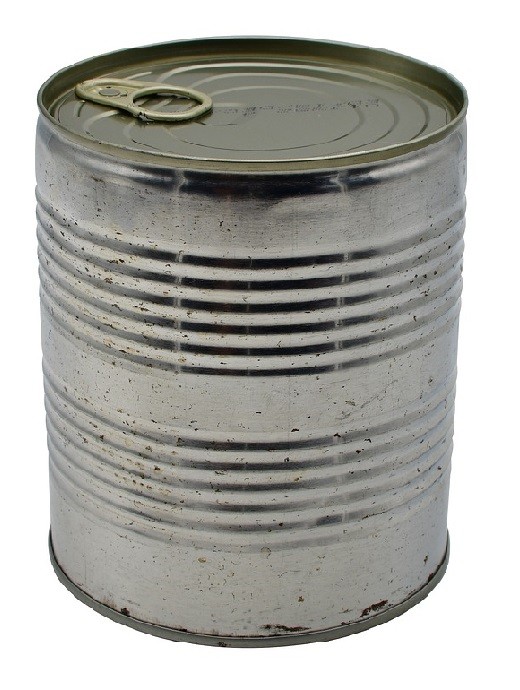A Practical Guide to Caring for Snakes and Reptiles: Habitat, Handling, and Health
Introduction: Getting Started with Snakes and Reptiles
Snakes and reptiles have steadily become popular pets, thanks to their fascinating behavior, diverse species, and often low-maintenance care requirements compared to traditional pets. However, responsible ownership requires understanding their unique needs. Whether you’re interested in welcoming a snake or other reptile into your home, this guide will help you set up a healthy environment, establish safe handling routines, and ensure access to expert care. By following the advice below, new and experienced owners alike can help their reptiles thrive.
Creating the Ideal Habitat
Every reptile species has specific requirements for space, temperature, humidity, and security. For snakes in particular, housing them alone is essential to reduce stress and prevent conflicts [1] . The enclosure should be large enough for your pet to move freely, with room to stretch out fully. For example, a ball python typically needs at least a 40-gallon (150-liter) terrarium, while smaller species like king snakes or corn snakes may be comfortable in a 20-gallon (75-liter) habitat [2] .

Source: emojiterra.com
Ventilation is crucial, so choose a screened lid with a secure latch. Snakes are skilled escape artists, making a tight-fitting, locked enclosure a must. The habitat should offer both open space and hiding areas; snakes and many reptiles enjoy tight, secure hiding spots for rest and stress reduction [1] . Branches and climbing features should be firmly anchored and strong enough to support their weight. For reptiles with climbing tendencies, vertical space and platforms can help mimic their wild environment [3] .
The substrate-or bedding-on the enclosure floor must be suitable for your species. Aspen or cypress shavings work well for many snakes; desert reptiles may prefer sand and clay, and tropical species often require soil and moss to maintain humidity [3] . Cleanliness is important: spot-clean daily, stir the substrate weekly, and replace it monthly to avoid buildup of waste or bacteria [2] .
Climate Control: Heating, Lighting, and Humidity
Reptiles are ectothermic, relying on their environment to regulate body temperature. Most snakes and reptiles need a thermal gradient in their cage, with a basking area and a cooler retreat. Use heat lamps, under-tank heaters, or ceramic emitters as appropriate for your species. Temperatures that are too low can cause digestion issues and stress, while overheating can be fatal [2] .
Humidity requirements vary widely by species. Tropical snakes and reptiles may need frequent misting or a humid hide, while desert species require drier conditions. Low humidity can make it difficult for snakes to shed properly; if you notice incomplete sheds, increase humidity by misting or adding a larger water bowl for soaking [1] .
Diet and Feeding Routines
All snakes are obligate carnivores and require a diet of whole prey. In captivity, this usually means mice, rats, chicks, or small fish, depending on the species and size [1] . Hatchlings and juveniles generally eat smaller prey like “pinkie” or “fuzzy” mice every 5-7 days, while adults are typically fed larger rodents every 7-10 days [5] . Most snakes do best with pre-killed, frozen/thawed prey to minimize risk of injury.
Feeding time can be stressful if not managed properly. Offer food in a separate enclosure to avoid training your snake to associate your hand with feeding. Some snakes may refuse food if they are stressed, in shed, or during seasonal fasting periods; offering food at night can sometimes encourage eating [5] .
Fresh, clean water is essential at all times. The water bowl should be heavy and shallow enough for drinking and soaking, and it should be cleaned and refilled daily. Some snakes may defecate in their water, so check frequently and replace as needed [1] . For reptiles that enjoy bathing or soaking, provide a container large enough for them to submerge weekly.
Handling and Socialization
Proper, gentle handling is important for the health and safety of both you and your reptile. Always support the animal’s body with both hands and never grab a snake by the tail or head. For lizards, avoid lifting by the limbs or tail [3] . Allow your pet to move freely in your hands, and stay close to the ground until both of you are comfortable. Early, brief, and positive handling sessions build trust.
Watch for signs of stress such as hissing, striking, frantic hiding, or escape attempts. If these behaviors appear, reduce handling and give your reptile time to adjust. Never force interaction, and always approach from the side rather than from above, as this can be less threatening to your pet.
Cleanliness and Disease Prevention
Maintaining a clean enclosure is crucial for preventing disease. Daily spot cleaning involves removing waste, shed skin, and uneaten food. Every week or two, perform a deep cleaning: transfer your reptile to a safe temporary space, remove all decorations and accessories, and wash everything with hot soapy water. Disinfect, rinse, and dry before reassembling the enclosure [4] . Keeping the habitat clean reduces risk of infections, parasites, and odors.
Health Care and Accessing Veterinary Support
Routine veterinary care plays a vital role in reptile health. Annual check-ups with a reptile-experienced veterinarian are recommended to screen for parasites, infections, and other health issues [5] . Common concerns include respiratory infections, stomatitis (mouth rot), and incomplete sheds. If your reptile refuses food for extended periods, has discharge from the nose or mouth, or exhibits abnormal behavior, seek veterinary advice promptly.

Source: aiophotoz.com
To find a qualified reptile veterinarian, you can:
- Contact your local veterinary association and search for “exotic animal” or “reptile” specialists.
- Ask at reputable pet stores or reptile societies for recommendations.
- Search online using terms like “reptile vet near me” and review clinic websites for credentials and expertise.
Ensure your chosen veterinarian has experience with the specific species you keep, as medical requirements can vary significantly.
Practical Steps for Responsible Ownership
For those interested in owning snakes or reptiles, consider the following:
- Research the species thoroughly, focusing on its adult size, habitat needs, and temperament.
- Set up the enclosure ahead of time, ensuring it meets all space, climate, and security requirements.
- Establish a cleaning and feeding schedule and keep detailed records of your pet’s health, feeding, and shedding cycles.
- Identify a local reptile-savvy veterinarian before an emergency arises.
- Educate yourself on local regulations regarding reptile ownership, as some species may be restricted in certain areas.
Potential challenges include sourcing proper food, managing humidity in arid climates, and handling medical emergencies. Solutions include joining reptile owner communities, consulting care sheets from reputable organizations, and maintaining regular communication with your veterinarian.
Alternative Approaches and Advanced Care
Some reptile keepers choose to create bioactive enclosures, which use live plants and microfauna to help maintain cleanliness and natural behaviors. This approach can be more complex but may benefit certain species by providing enrichment and reducing cleaning frequency. Always research the specific needs of your reptile before attempting advanced setups.
For those unable to find a reptile-experienced veterinarian locally, consider seeking telemedicine consultations with recognized exotic animal specialists. Always verify credentials and look for board-certified veterinarians where possible.
Key Takeaways
Caring for snakes and reptiles requires careful attention to habitat setup, climate control, feeding routines, safe handling, and regular health checks. By following best practices and seeking expert guidance, you can ensure a long, healthy life for your scaled companions.
References
- [1] Pet Advocacy Network (2022). Caring for Your Snake: Official Care Sheet.
- [2] PetSmart (2025). Snake Care Guide: How to Take Care of a Pet Snake.
- [3] Zen Habitats (2024). Tips for First-Time Snake and Reptile Owners.
- [4] Vetericyn (2020). Reptile Care for Beginners: A Helpful Guide.
- [5] Long Island Bird & Exotics Veterinary Clinic (2020). Snake Care Guide.
MORE FROM gowithdeal.com













